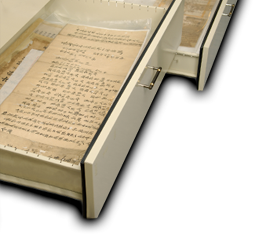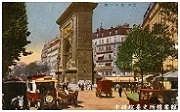|
Archives are first-hand accounts of course of events regarding individuals, families and organizations and an important source of evidence for retracing the past and reconstructing history. Art archives not only point out the trajectory of the artist’s private and creative life but also encompass the development of artist groups and the exhibitions. In fact, art archives are ultimately the whole body of all kinds of information available regarding artistic movements. With more and more precious art archives being unearthed, compiled and published by researchers, the research orientation of exhibitions in Taiwanese art history has gradually been broadened from a focus on exhibits themselves and the analytical account of the artist’s life to include the art ecosystem or documented events in the exploration of a more diverse set of facets. The archives documenting early artist groups give a varied account of the autonomy painters demonstrated in organizing themselves and the initiative in building cross-field networks. In view of the fact that during Japanese colonial rule there were neither sound systems of official financial support for the arts nor mechanisms for art purchases and collection, cultivating the various strata of society for their cooperation and participation was extremely important in the quest for resources and space in art. Owing to such innate quality of civil society, artists’ influence could grow and become the propelling force behind cultural enlightenment and self-identification. An influence that, in linking up art and society in more profound interactions, perpetuates itself in the long arc of history across time and space - generation after generation. |
 |



